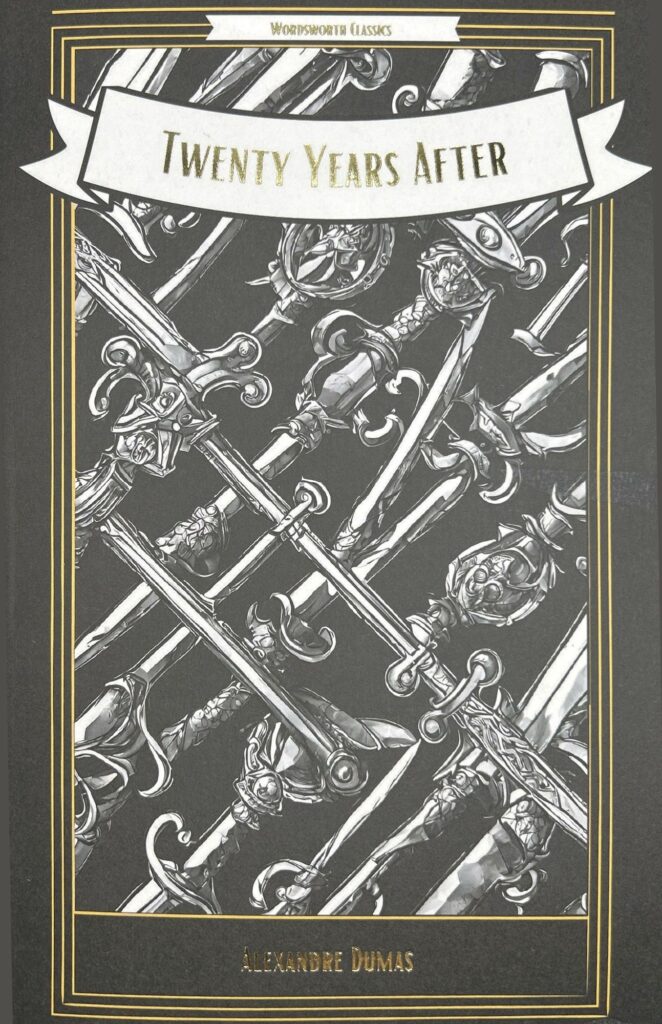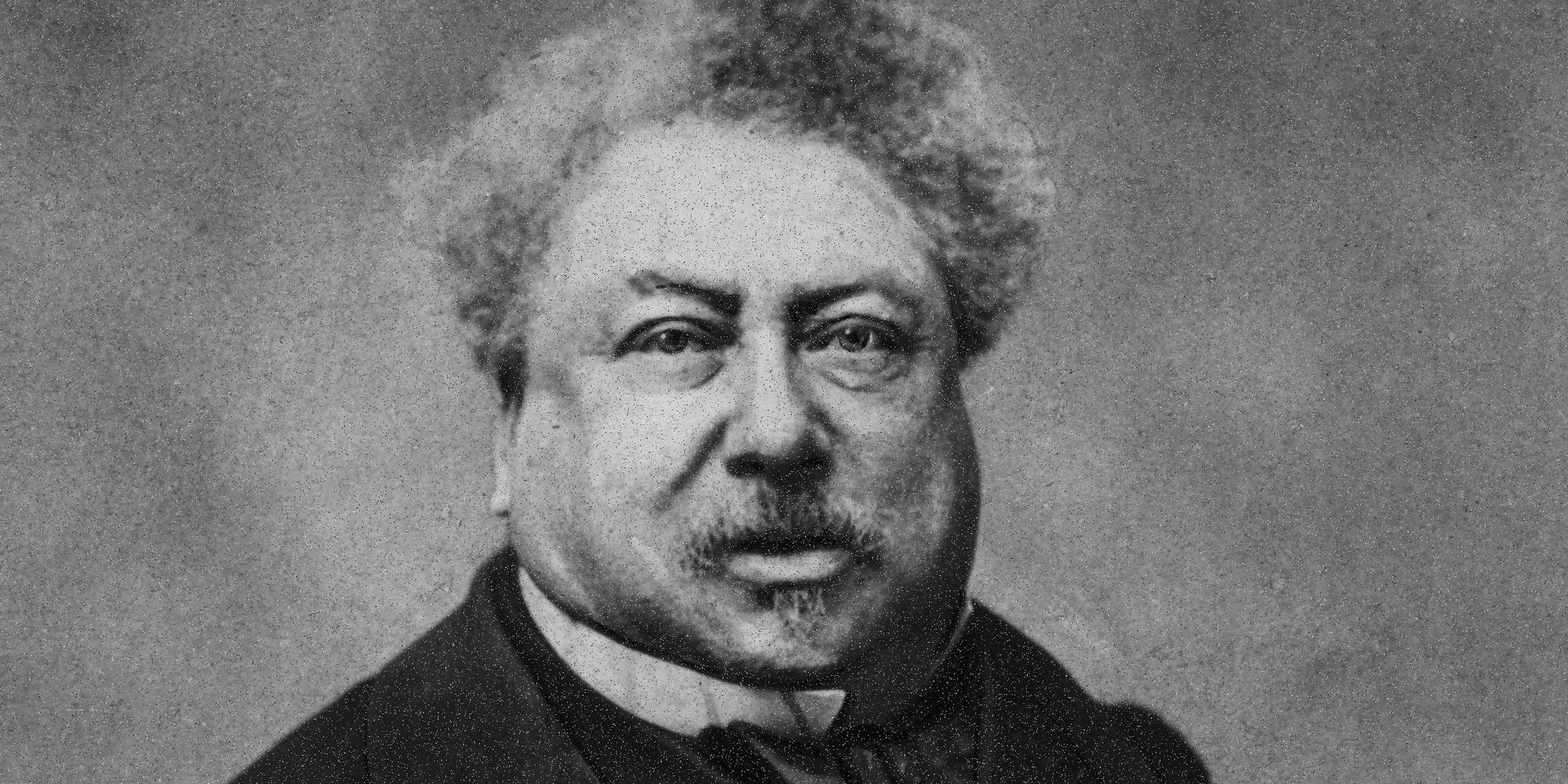
Beyond The Three Musketeers: The life and times of Alexandre Dumas
David Stuart Davies describes how his novels remain a continuing monument to his brilliance as a storyteller.
The greatest set of literary heroes are those three daredevil Musketeers, Athos, Porthos and Aramis and their comrade in arms d’Artagnan, the creation of the French writer Alexandre Dumas (1802 –1870).
In the preface to the novel The Three Musketeers (1844), the author explains that his inspiration for the book was Mémoires de Monsieur D’Artagnan (1700), a historical fantasy by Gatien de Courtilz de Sandras, in which the character d’Artagnan relates his first visit to Paris and the office of M. de Tréville, captain of the Musketeers where, in the antechamber, he encounters and eventually befriends the three most formidable musketeers of the age: Athos, Porthos and Aramis.
This scrap of information blossomed in Dumas’ creative mind into the famous saga that has enraptured generations of readers all around the world.
In essence, the novel, set in France in 1625-8, is a lively romantic romp, recounting the rumbustious and exciting adventures of the heroes as they become entangled in the affairs of the state and the royal court. However, Dumas also frequently works into the plot various injustices, abuses and absurdities of the old regime that existed before the French Revolution (1789-99), which had taken place less than fifty years before the publication of the novel. This gives the narrative an additional contemporary political aspect at a time when the debate in France between republicans and monarchists was still fierce.
One of the great attractions of the novel is the rich and differing characterisations of the four heroes, enhancing the drama, comedy and pathos of the narrative: D’Artagnan is young, handsome, foolhardy and brave; Athos, who becomes a father figure to D’Artagnan, has never recovered from a failed marriage and seeks solace in wine; Aramis hesitates between his religious calling and his fondness for women and scheming; Porthos, a dandy, fond of fashionable clothes and keen to make a fortune for himself, is the least cerebral, but compensates with his strength and ferocity in combat. The quartet often fall out with each other but when the chips were down they unify into a fine fighting machine, living up to their cry of, ‘All for one and one for all!’
The novel gains a layer of authenticity by inserting real historical figures into the storyline including King Louis XIII and his chief advisor Cardinal Richelieu, whom Dumas presents as sinister, dangerous and duplicitous characters, who plot against Queen Anne in resentment at his advances rebuffed by her. In fact, the Queen is conducting a clandestine love affair with a titled Englishman: George Villiers, the Duke of Buckingham, a relationship which brings dangers to both the French and British thrones.
Richelieu is not the only villain to threaten the safety of the musketeers and the stability of France. There is also the fictional Milady De Winter, a beautiful, scheming and treacherous temptress who is a spy for the Cardinal and, as it turns out, the wife of Athos! To unravel this particular knotty conundrum, I recommend that you read the book.
The Three Musketeers has never been out of print and has been translated into most languages of the world. In addition, there have been numerous plays, films, television series, cartoon adventures and even a musical based on the novel. In particular, the cinema has been most prodigious, using the titular characters in a variety of ways. Amongst the many features, the most notable include the vivid silent version with Douglas Fairbanks in 1921 and the first English-speaking movie with Walter Abel as D’Artagnan in 1935.
In 1973 Richard Lester directed the two features The Three Musketeers and The Four Musketeers with Michael Yorke as D’Artagnan, Charlton Heston as Richelieu and Raquel Welch as Milady. This project, which emphasised the comic aspects of the story, was first mooted in the 1960s as a project for The Beatles. More recently the swashbuckling quartet appeared in a BBC TV series which outgrew the confines of the original novel and took on the ambience of a western movie with the Musketeers behaving like a group of vigilantes riding to the rescue, guns blazing.
After the immediate success of the novel, Dumas continued the D’Artagnan saga in two further volumes Twenty Years After (1845) and The Vicomte of Bragelonne: Ten Years Later (1847). The latter title, a sprawling volume of 268 chapters, is usually subdivided into three, four or even five individual books. In the three-volume English editions, the sections are entitled The Vicomte de Bragelonne, Louise de la Vallière and The Man in the Iron Mask.
Other notable novels from the pen of Alexandre Dumas, all full of high adventure and thrilling action, include The Corsican Brothers (1844) and The Count of Monte Cristo (1844-45). Dumas’ last novel, The Knight of Sainte-Hermine, unfinished at his death, was completed by a scholar in France in 2005, becoming a bestseller. It was published in English in 2008 as The Last Cavalier. The novel is a swashbuckling tale set during the rise of the Napoleonic Empire. A key scene features the Battle of Trafalgar and the death of British admiral Horatio Nelson.
The extravagant nature of Dumas’ stories was reflected in the nature of the man himself. Though married, in the tradition of Frenchmen of higher social class, Dumas had numerous extra-marital affairs – allegedly as many as forty – and he was known to have had at least four illegitimate children.
One illicit romance was with Adah Isaacs Menken, an American actress then less than half his age and at the height of her career. The English playwright Watts Phillips, who knew Dumas in his later life, described him as ‘the most generous, large-hearted being in the world. He also was the most delightfully amusing and egotistical creature on the face of the earth. His tongue was like a windmill – once set in motion, you never knew when he would stop, especially if the theme was himself.’
Whatever foibles Dumas had as a man, his novels remain a continuing monument to his brilliance as a storyteller – a brilliance that still continues to wield its magic today.
Books associated with this article
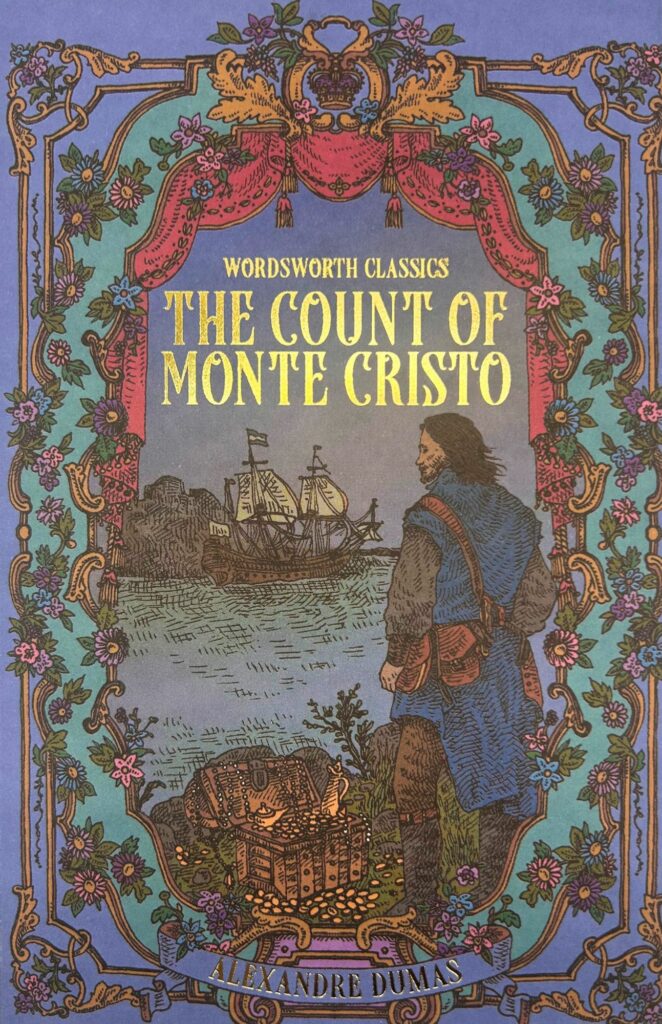
The Count of Monte Cristo
Alexandre Dumas
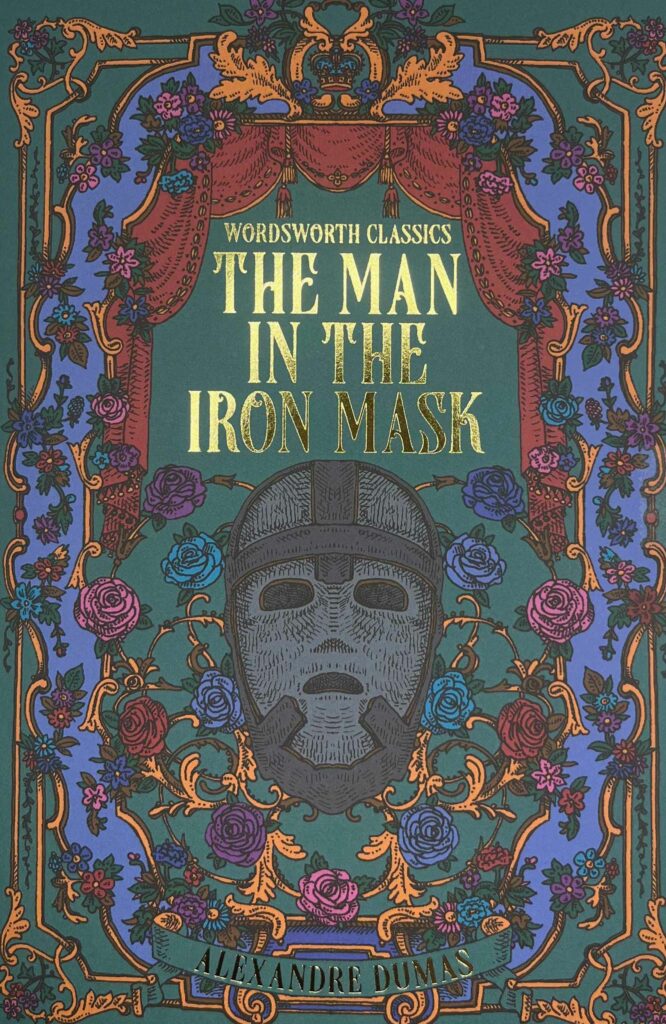
The Man in the Iron Mask
Alexandre Dumas
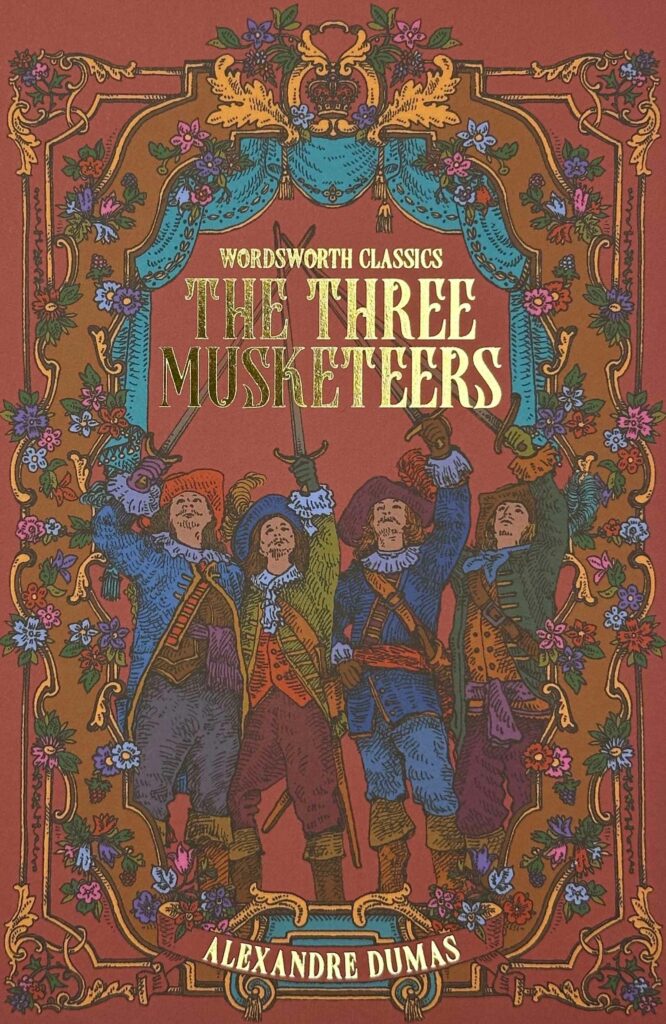
The Three Musketeers
Alexandre Dumas
